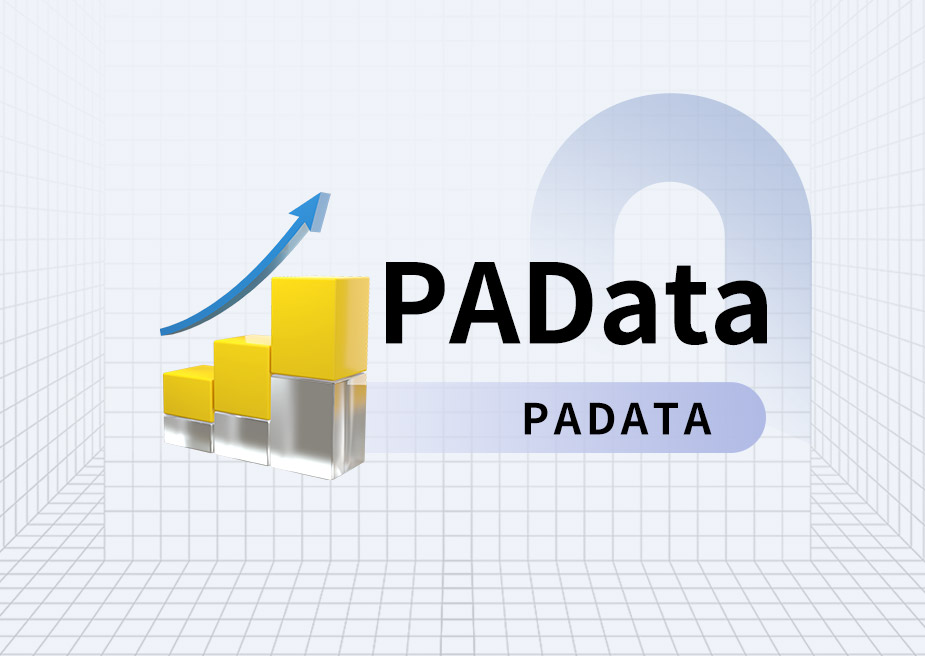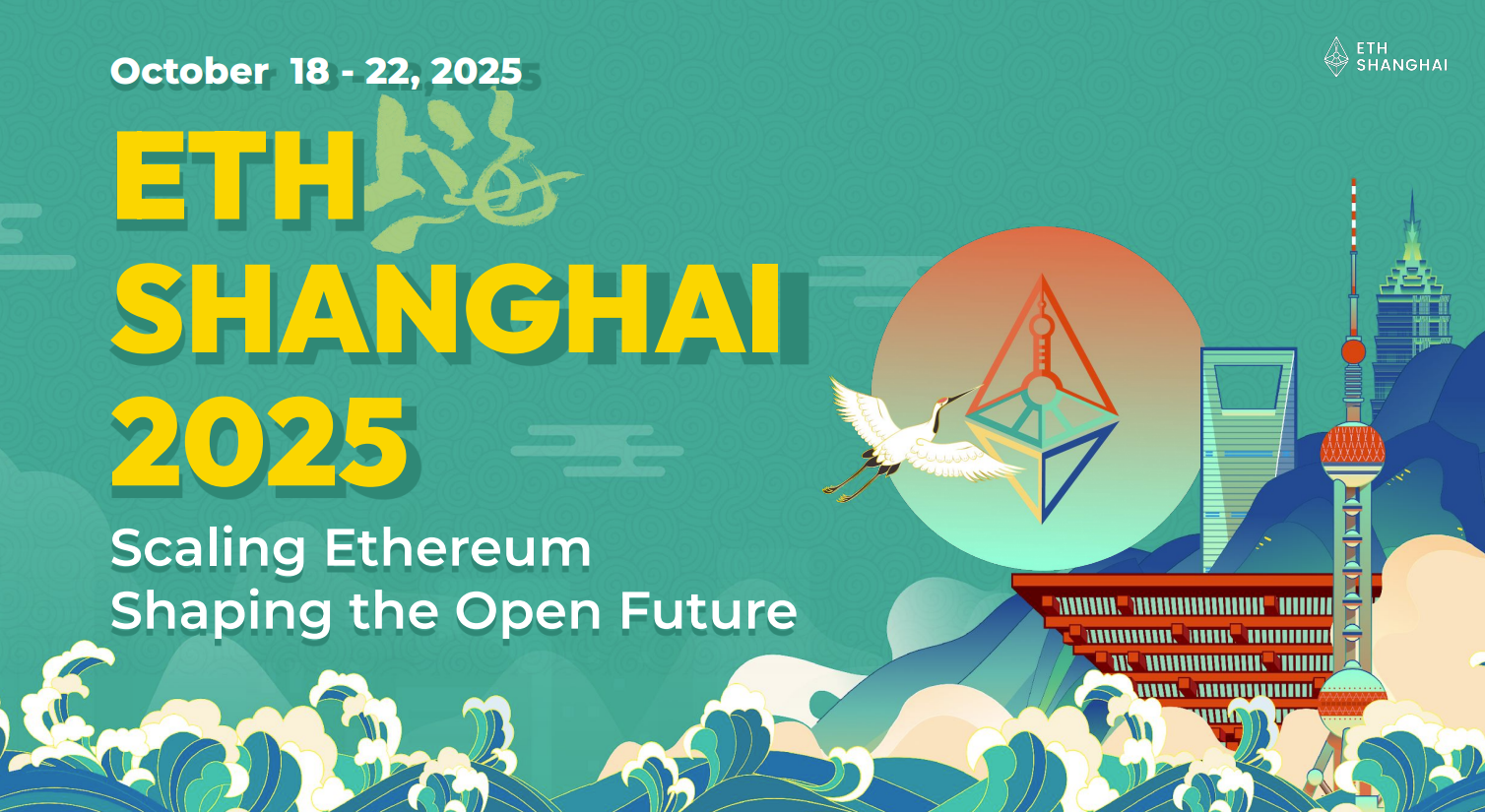Author: Frank, PANews
The x402 protocol is undoubtedly at the heart of the current crypto market's hottest narrative. After a long period of silence, a new wave driven by real technology is sweeping in. A gold rush is underway around x402 infrastructure, with related discussions and projects emerging one after another. But amidst the fervor, a crucial question has been overlooked: if x402 only solves the problem of "how to pay," then who will solve the problems of "why trust" and "how to verify"? While everyone's attention is focused on the payment layer, the real new asset opportunities may be hidden in its accompanying trust layer—ERC-8004.
However, a seemingly insurmountable chasm still exists between payment (x402) and trust (ERC-8004). Without "memory," AI agents cannot prove their behavior and value; and without verifiable memory, trust is meaningless. This is precisely the key to Unibase's "memory layer," which is not only a crucial middleware connecting the payment frenzy with the cornerstone of trust, but also has the potential to become the core engine for unleashing the true potential of AI agents.
Payment is just the first step; the x402 and ERC-8004 become the dual drivers of the agency economy.
The x402 protocol itself is not a new thing, but rather a status code that has been dormant in the basic HTTP protocol of the Internet for decades—"402 Payment Required". This protocol was one of the earliest visions of the Internet, but it remained dormant for decades due to technological limitations. With the maturity of AI agent technology and the increasing application of cryptocurrencies (especially stablecoins), the x402 protocol finally has the opportunity to turn the scenario of automatic machine payments into reality.
The essence of the x402 protocol is to leverage the instant, low-cost settlement capabilities of blockchain (especially stablecoins) to natively embed payment logic into web requests. Its vision is to achieve "API calls as payments"—AI agents or machines can automatically and frequently pay for every piece of data or computing resources they consume, just like humans browsing the web.
With top venture capitalists like a16z predicting the autonomous transaction economy will reach $30 trillion, the market quickly recognized the enormous potential of X402 as a "payment layer for the machine economy." However, behind this blind enthusiasm, a deeper question has surfaced: payments, then what?
x402 is a pure payment protocol. It efficiently solves the problem of "how to pay," but it completely fails to address a more fundamental business premise—"trust."
In an open, permissionless machine economy, how does an AI agent (buyer) know that another AI agent (seller) it is about to pay is trustworthy? Just as humans rely on identity and credit systems to participate in commercial activities, AI or machines also need a mechanism to build trust. This is where the value of another standard protocol, ERC-8004, lies.
ERC-8004 is a decentralized identity and reputation layer designed specifically for AI agents, aiming to solve the trust problem lacking in x402. Its technical principle consists of an Identity Registry, a Reputation Registry, and a Validation Registry, enabling AI agents to issue "identity cards" on the Internet, and to achieve a complete trust process of reputation feedback and verification.
It can be said that ERC-8004 and x402 are closely complementary and indispensable symbiotic entities in the machine economy. However, because the x402 protocol is more easily interpreted by the market as a payment revolution, coupled with the hype and marketing surrounding MEME, it has received more market discussion.
True industry practitioners have long recognized that payments must be combined with trust. Unibase was among the first to seize this opportunity, positioning itself as middleware connecting these two pillars. On the Unibase platform, the ERC-8004 identity system is deeply integrated with the x402 payment network.
In Unibase's vision, every x402 transaction in the future will no longer be an anonymous, blind "black box operation." Instead, each payment will occur between two AI agents with verifiable identities (ERC-8004). Before payment, the buyer's agent can query the seller's agent's "identity card" and historical credit score through the ERC-8004 registry; after payment, the buyer can also record this service experience (provided by x402 payment) in the seller's reputation registry, thus forming a complete closed loop of business trust.
Creating a "golden triangle" of identity, memory, and payment, BNB Chain is the first to launch this initiative.
However, for this system to truly function, it also needs a third key component—memory.
An AI assistant without memory is foolish. Imagine having to tell your smart speaker who you are, where you live, and what kind of music you like every morning. This is the dilemma of "stateless" AI.
This problem is even more critical for autonomous agent economies. An agent needs not only an identity (ERC-8004), but also "memory" to accumulate experience, learn preferences, and share knowledge. More importantly, in an economy built on payments (x402) and trust (ERC-8004), "memory" plays a central role as a "verifiable proof of work."
For example, Agent A (the buyer) pays Agent B (the seller) using x402. Agent B has an ERC-8004 identity. Now, Agent B claims it has completed the work. How can Agent A (and the entire network) cryptographically verify that it was indeed completed and completed as requested? This process requires the introduction of a "memory" function.
Unibase's Memory is a decentralized persistent storage layer designed for AI agents, linked through the ERC-8004 identity system. This means that each agent with an ERC-8004 identity has a dedicated "memory space" on Unibase that is tied to its identity.
This "memory space" is not only the "brain" for agents to learn and be situationally aware, but also an indispensable "arbitration and verification layer" in the machine economy. In Unibase's architecture, when an agent performs a task, its complete interaction log, data processing process, and final result are stored in Unibase Memory, forming an immutable "memory entry" with a hashed timestamp. This "memory entry" is the agent's "proof of work."
At this point, the golden triangle architecture consisting of the ERC-8004 identity layer, the Unibase Memory layer, and the x402 payment layer can be considered to have truly realized the complete scenario of machine payment.
The ERC-8004 identity layer gives each agent a unique on-chain identity; the Unibase Memory layer is responsible for recording interactions, reasoning, and behavioral trajectories; and the x402 payment layer is based on verifiable, gas-free payments.
To put this theory into practice, Unibase launched its Unibase x402 Facilitator service on BNB Chain. This is also the first x402 Facilitator service to be put into practical use on BNB Chain.
BitAgent, a multi-agent collaboration platform, enables rapid launch of native x402 & 8004 applications.
An excellent technology strategy requires not only a strong theoretical framework, but also a precise market entry strategy.
Unibase's strategy is not limited to being a passive infrastructure (middleware); it also actively drives its market entry strategy through an integrated application layer, the key to which is BitAgent.
BitAgent is the first flagship application built by the Unibase team. It is a multi-agent launchpad and coordination platform powered by x402 and ERC-8004. If Virtuals Protocol opened up the race for AI-driven agent distribution, then BitAgent aims to provide an "AI-native" distribution platform with a more complete technology stack.
AI native means that every AI agent launched on BitAgent is pre-end equipped with the "golden triangle" capabilities:
Verifiable identity (ERC-8004): The agent automatically registers an ERC-8004 identity NFT upon startup.
Persistent Memory (UnibaseMemory): Agents are inherently connected to UnibaseMemory, enabling them to "remember" and "learn".
Gas-free payment (x402 + EIP-3009): The agent has embedded x402 payment capability and realizes gas-free transactions through EIP-3009.
Interoperability (Unibase AIP): Agents can communicate and collaborate across platforms and frameworks through the Unibase Agent Interoperability Protocol (AIP).
This design distinguishes BitAgent from earlier AI-driven platforms. On other platforms, features such as identity, memory, and payment might require developers to "patch-up" them afterward; but on BitAgent, these are "factory standard" features, core capabilities inherent to the agent.
In addition, BitAgent has designed a unique issuance mechanism for AI agent tokens. This mechanism combines the viral spread of Meme Coin with the liquidity accumulation of DeFi.
This mechanism consists of two phases:
The first stage is the Bonding Curve, which is similar to the current mainstream MEME coin issuance platforms. When an AI agent is launched on BitAgent, its tokens are first launched "fairly" through the "bonding curve".
The second phase involves automatic injection into the PancakeSwap V3 liquidity pool. When the token trading volume or funds raised in the bonding curve reaches a preset threshold, the contract will automatically and permanently inject all funds accumulated in the bonding curve (such as BNB) and the remaining AI proxy tokens into a new liquidity pool (LP) in PancakeSwap V3.
Through this two-stage process, BitAgent enables AI proxy tokens to transform from a highly volatile and speculative "meme asset" into a "DeFi asset" with deep, stable, and permanent liquidity within hours.
Unibase's market narrative is now nearly complete.
At the infrastructure level, it addresses the core contradiction of the autonomous agent economy: payments (x402) are blind, and trust (ERC-8004) is hollow unless linked by a “verifiable memory.” Unibase positions itself as an indispensable “middle layer” in this emerging economy through Unibase Memory: a “memory ledger” that provides the final “proof of work” and arbitration basis for machine behavior.
At the application level, Unibase chose to proactively fill market gaps. Through BitAgent, it cleverly leveraged the viral spread of the most mainstream memes and the deep liquidity of DeFi as its underlying "memory" infrastructure, continuously creating real and robust economic demand, thereby stimulating the true potential of x402 and ERC-8004.







